I would like to know how to calculate the temperature (to see if I am still in a working range) for a low side switch. Hope you can help me there.
I need to control 10 valves(12/24V - 500mA max. ea.) - First we used a bunch of MOSFETs and controlled them directly over the IO Ports of an ESP. That worked fairly good, but to free up some pins someone told me I could use low side switches. After looking at some datasheets I think I found some that could work but I am kinda worried that I may get super high heat because the voltage is fairly high with decent amount of current.
As an example I looked at a BD8LA700EFV-C or TLE8110ED as they have decent amount of outputs and allow high voltage with high current. But would they work for my task or should I keep my MOSFETS and just controll them over a driver/expander ?
Thanks !

